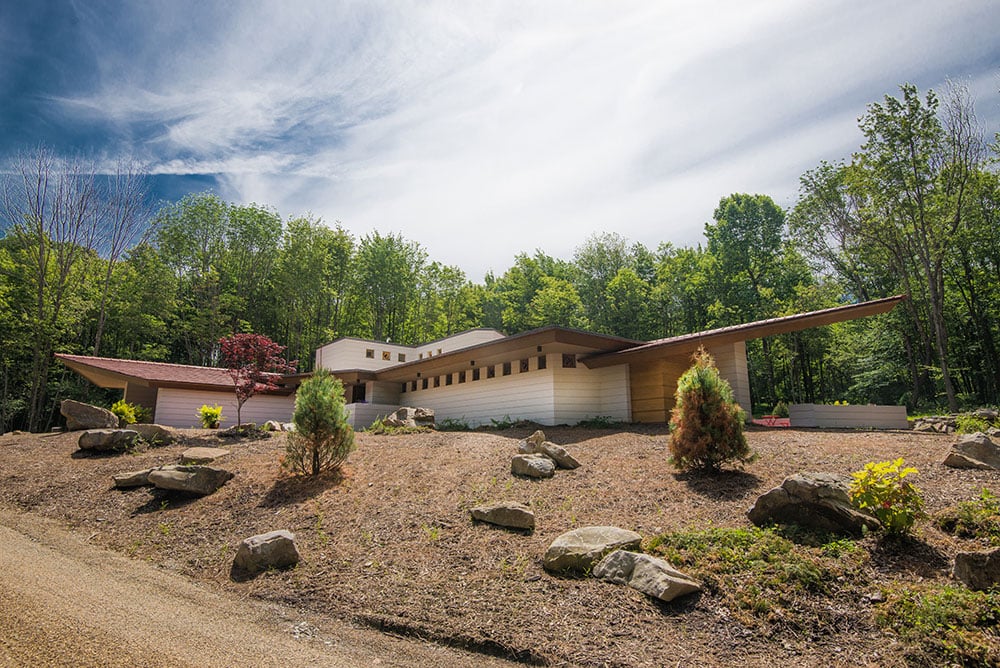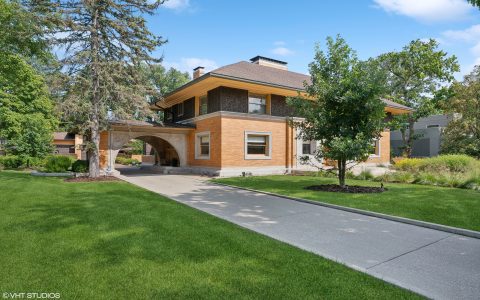Lindholm House, particularly when referring to examples within Scandinavian modernist architecture, such as those designed by architects like Sverre Fehn (e.g., Villa Lindholm), embodies a distinct approach to residential design. These structures are celebrated for their sensitive integration with the natural landscape, honest expression of materials, and focus on human scale and experience.
Architectural Characteristics
The design philosophy behind a typical Lindholm House emphasizes a harmonious relationship between the built form and its site. This is often achieved through thoughtful orientation, the strategic use of natural light via extensive glazing, and a material palette that resonates with the local environment. Primary materials frequently include exposed concrete, timber (such as pine or oak), and brick, employed in a manner that showcases their inherent textures and structural capabilities.
Key Design Elements:

- Material Integrity: Materials are generally presented in their raw or minimally treated state, allowing their natural characteristics to define the aesthetic.
- Light and Spatial Flow: Abundant natural light is a hallmark, facilitated by large windows, clerestories, and skylights. Interior spaces often feature open plans with fluid transitions between zones, promoting a sense of spaciousness and connectivity.
- Nature-Centric Design: A strong visual and often physical connection to the outdoors is paramount, with features like integrated courtyards, terraces, and expansive views of gardens or natural scenery.
- Functional Minimalism: The layout prioritizes clarity, functionality, and user comfort, eschewing unnecessary ornamentation in favor of well-proportioned spaces and efficient design.
Context and Significance
Within the broader scope of mid-20th-century architecture, Lindholm House examples serve as important illustrations of regional modernism. They reflect a nuanced interpretation of modernist principles, adapting them to specific climatic conditions, cultural contexts, and a deep appreciation for the poetic qualities of space and light. These residences are significant for their contribution to a more humane and environmentally conscious modernism, often studied for their successful synthesis of form, function, and profound respect for the inhabitant's relationship with their surroundings.







